CTRL+K
CTRL+K
Morocco is a nation where rich cultural heritage intertwines with age-old traditions, creating a tapestry of vibrant colors and artistry. For centuries, the kingdom has been renowned for its exceptional leather craftsmanship, a testament to the skillful hands and creative spirits of its artisans. From the lively souks of Marrakech, where the aroma of spices mingles with the hum of haggling, to the maze-like medinas of Fez, a UNESCO World Heritage Site, the Moroccan leather industry has flourished, captivating the hearts and minds of locals and visitors alike.
For many years, people in Morocco have been making beautiful things out of leather. This tradition goes back to the 1300s, which is a very long time ago. Records from that time show that Moroccan leather was famous for being really nice and having beautiful designs. People all around the world knew about Moroccan leather and liked it. The word “maroquinerie” was used to talk about the skills of working with leather from goats and sheep. Maroquinerie included making many different things like shoes and bags.
Leather artisans in Morocco skillfully crafted footwear like slippers with intricate designs using traditional techniques passed down through generations. Some created sturdy belts with ornate buckles showcasing fine artistry. Wallets and pouches were meticulously stitched from soft yet durable, elegant leather. Additionally, artisans fashioned bags of various sizes and styles, from compact crossbody purses to spacious totes, each a testament to ingenuity and creativity. Simple yet stylish hats or plush poufs for lounging transformed humble hides into beautiful, useful objects. This perpetuated a tradition enchanting admirers worldwide.
Morocco’s renowned leather industry is built on an ancient tanning craft. The techniques have not changed much in over a thousand years. This careful process gives Moroccan leather its special qualities – strength, softness, and a rich, shiny finish. The journey starts by choosing high-quality goat and sheep hides. The hides go through a series of traditional tanning processes. Natural ingredients like vegetable extracts, oils, and dyes are often used. Skilled artisans called “maâlems” work the leather by hand. They use age-old methods to soften, dye, and shape it into the desired form.
The babouche, a comfortable slipper, represents Moroccan leather craftsmanship. Its soft leather and intricate patterns showcase skilled artisans. Similarly, Moroccan leather bags have timeless beauty and impeccable quality, making them globally coveted. Morocco’s leather goods thrive from cultural heritage and economic impact. In the souks of Marrakech and workshops of Fez, maroquinerie preserves traditions and livelihoods. Its significance stretches from ancient crafts to modern exports. The industry’s flourishing exemplifies Morocco’s rich artisanal heritage and diverse cultural influences. Leather goods, from babouches to bags, embody the nation’s artistry and resilience. Each piece crafted with care reflects the enduring spirit of Moroccan creativity.
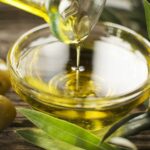
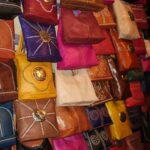
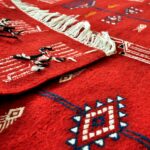

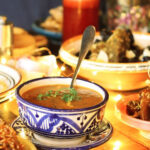
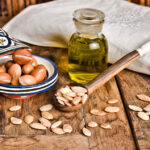

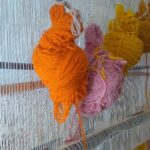


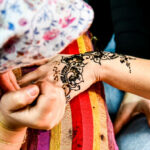
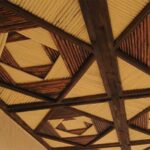
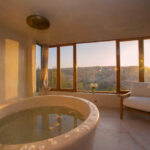
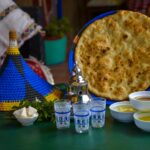
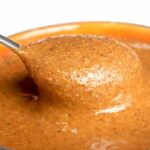

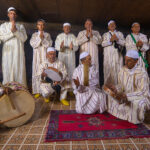
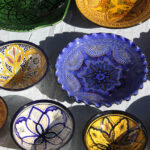
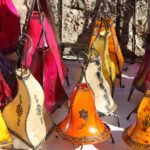
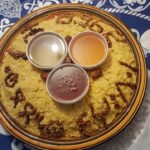

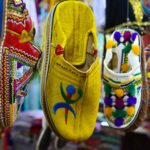
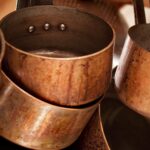

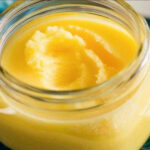




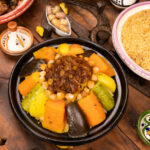
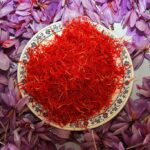
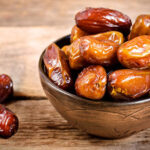
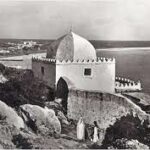

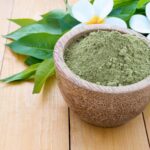
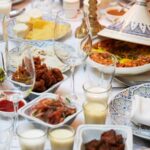
There are no results matching your search.
Reset